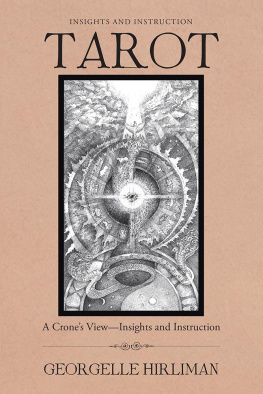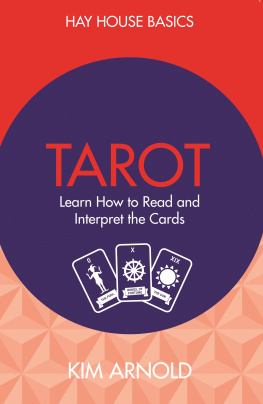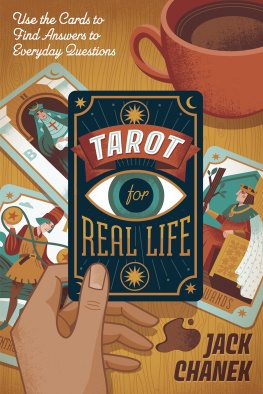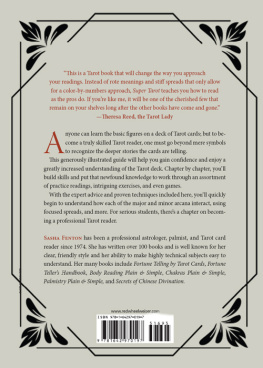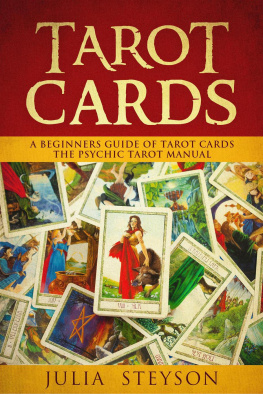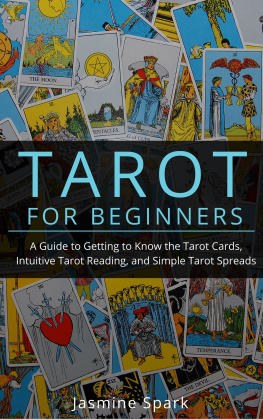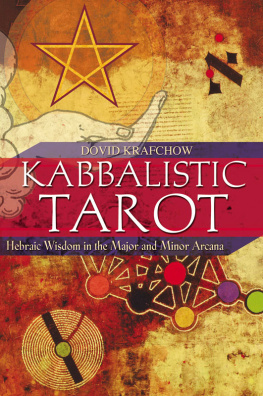
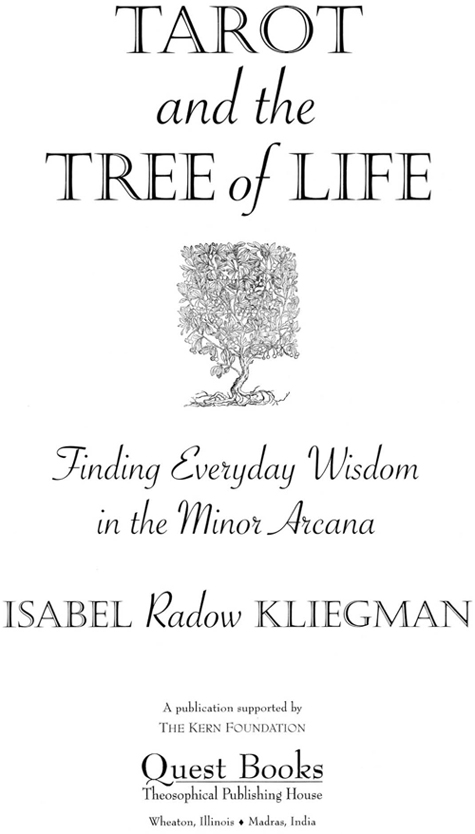
Learn more about Isabel Radow Kliegman and her work at www.questbooks.net
Copyright 1997 by Isabel Radow Kliegman
First Quest Edition 1997
Quest Books
Theosophical Publishing House
PO Box 270
Wheaton, IL 60187-0270
Without limiting the rights under copyright reserved above, no part of this publication may be reproduced, stored in or introduced into a retrieval system, or transmitted, in any form, or by any means (electronic, mechanical, photocopying, recording, or otherwise), without the prior written permission of the publisher of this book.
The scanning, uploading, and distribution of this book via the Internet or via any other means without the permission of the publisher is illegal and punishable by law. Please purchase only authorized electronic editions, and do not participate in or encourage electronic piracy of copyrighted materials.
While the author has made every effort to provide accurate telephone numbers and Internet addresses at the time of publication, neither the publisher nor the author assumes any responsibility for errors or for changes that occur after publication. Further, the publisher does not have any control over and does not assume any responsibility for author or third-party websites or their content.
Book and cover design by Beth Hansen
Illustrations from Universal-Waite Tarot Deck reproduced by permission of U.S.
Games Systems, Inc., Stamford, CT 06902 USA. Copyright 1990 by U.S. Games
Systems, Inc. Further reproduction prohibited.
Library of Congress Cataloging-in-Publication Data
Kliegman, Isabel Radow.
Tarot and the tree of life: finding everyday wisdom in the minor arcana /
Isabel Radow Kliegman. 1st Quest ed.
p. cm.
A publication supported by the Kern Foundation.
Quest books.
ISBN 978-0-8356-0747-6
1. Minor arcana (Tarot). 2. Tree of lifeMiscellanea. 3. Cabala.
I. Title.
BF1879.T2K55 1997 97-47
133.32424dc21 CIP
ISBN for electronic edition, e-pub format: 978-0-8356-2108-3
8 7 6 5 4 3 * 05 06 07 08 09 10
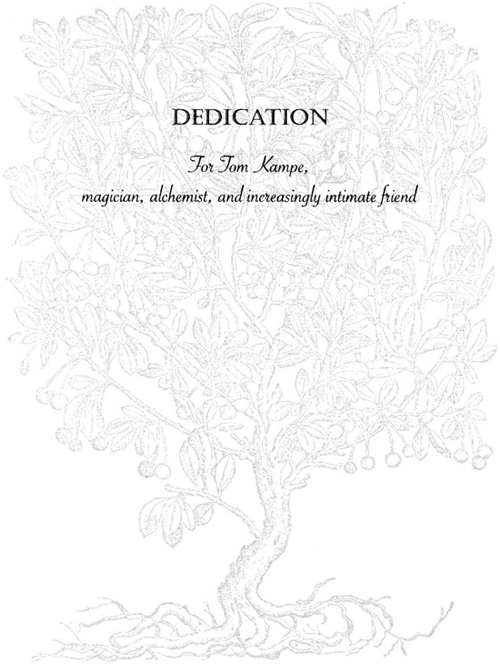

ACKNOWLEDGMENTS
M Y DEEPEST gratitude is to my mother, Rae Radow Kliegman, who was convinced I could do anything and made a point of telling me so, and to my father, Moe Kliegman, who has always expressed his amazement and pride in my accomplishments. Every day convinces me further that I am uniquely blessed. Loving thanks, too, to my daughter, Alisa Tatiana Radow Gilinsky, a highly gifted Tarot card reader and my closest friend, and to Gary Scott Fowler for his enthusiasm, patience, and support.
HEAVY DUTY thanks to Mark Kampe, for his incomprehensible, incalculable generosity of time and effort on the computer. In no way can I adequately express my gratitude for his long and diligent labors.
Heartfelt thanks to my spiritual teachers (who may well disagree with much I have written): Bishop Stephan Hoeller, who first introduced me to Kabbalah and was my first Tarot teacher, and Rabbis Ted Falcon, Mordecai Finlay, Stan Levy, Steve Robbins, and Don Singer. You have restored my soul in ways you will never suspect.
Thanks to Mark Kampe, for his merry nature and lively involvement in our work.
Thanks to Jerry Ziegman, who showed me my first deck of Tarot cards, Tricia Kelly who encouraged me to work with them professionally, and Beverly Hollidy, who helped me when I most needed her.
Thanks to Mark Kampe, whose insights about the cards were uniformly fascinating.
Thanks to Ivan Hoffman, for offering me the benefit of his experience, both as an author and a lawyer, and to Anthony Pearson, who actually got me to smile for the camera!
Thanks to Mark Kampe; his perspective on the book and organizational suggestions were more than helpful.
Much appreciation for Beth Hansens beautiful cover and the hard work of everyone at Quest: Sharron Dorr, Vija Bremanis, and most of all Brenda Rosen. It has been an education, as well as a pleasure, to work with her. I will always be grateful for her crisp, orderly direction, her fine suggestions, and her respectful attitude toward my preferences. Because of her this is a better book than the one I submitted. Most of all, I am grateful for her transforming me from a writer into an author.
Thanks to Mark Kampe for his interesting ideas regarding both content and style.
And finally, thanks to Mark Kampe for teaching me the difference between which and that, assuming that he has.

FOREWORD
by Stephan A. Hoeller
I NTEREST IN the mysterious Tarot is at an all-time high. Only a few short decades ago, one had to send to distant and obscure sources if one wished to procure a deck of these intriguing cards, for they could not be found in local bookstores or even at dealers of antiquities. A choice among several designs was unknown; one was lucky to find even a solitary deck. Today there is a profusion of Tarot decks on the market. One could spend a fortune if one desired even the majority of decks of various designs available.
What then is the Tarot? Ostensibly it is a series of seventy-eight playing cards displaying symbolic designs, many of which claim ancient provenance. Aficionados tell us that after mastering the interpretation of these cards, one gains access to the future and to other mysteries of existence. While such enthusiastic claims may appear exaggerated, admirable and insightful persons over the centuries have expressed views not unlike these. Madame Helena Blavatsky, the redoubtable founder of the Theosophical movement in the late nineteenth century, is said to have carried an old hand-painted Tarot deck in her battered suitcase on her many travels. My neighbor in the Hollywood Hills, Aldous Huxley, a few months prior to his death in 1963, became vitally interested in the Tarot and asked a mutual friend to procure a deck for him. Albert Einstein was known to study the Tarot on certain occasions. Shakespeare refers to Tarot cards (or at least to cartomancy) in Hamlet (V.i.) when he writes:
How absolute the knave is! We must speak
by the card, or equivocation will undo us.
But perhaps the most impressive tribute came from the French magus and Kabbalist Eliphas Levi (Alphonse Louis Constant) who stated that if one were confined for a long period in a deep dungeon or on a secluded island, one would only need a Tarot deck to keep one informed and inspired.
Tarot cards are the oldest form of playing cards handed down to us. In a more credulous age of esotericism, it was sometimes assumed that they could be traced as far back as the times of fabled Atlantis. It was sometimes assumed that Chaldean or Egyptian initiates received the Tarot from Atlantis and eventually carried it to Europe. At the turn of the last century, the French leading light of esotericism, Papus (Dr. Gerard Encausse), was equally convinced that the Tarot originated in India and that its four suits symbolize the four principal castes: cups standing for priests, swords for warrior-rulers, coins for merchants, and wands for agricultural laborers. The mysterious Gypsies, whose origins might well be in India, then carried the Tarot cards into Europe and from there to America as well. Certainly in my childhood I observed the divinatory activities of many Gypsies who employed Tarot cards as well as a deck that is closely related to the Tarot, called Tarock. Tarot wisdom was often passed on through the oldest wise woman of the tribe. Most Gypsies I encountered believed that they, as well as their divinatory arts, originated in India.
Next page

